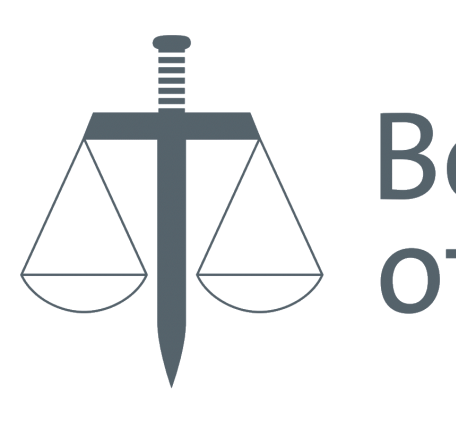
Inventive implementation of a business-related scheme
The application relates to the distribution of rewards to participants in an affiliate marketing scheme wherein users are allocated a portion of an advertisement banner on a web site and, when a visitor of the web site clicks on the banner, the user that has assigned that portion gets a reward. The partial areas are allocated to the users based on their contribution to the advertising.
The Examining Division concluded that the claims were novel and assessed inventive step starting from a server-side image map, which allows a web browser to send coordinate information indicating where a user clicks in an area of an image in order to, for instance, return information corresponding to said area.
The Examining Division considered that claim 1 of the main request differed from the server-side image map by:
- the image being an advertisement; and
- the server specifying who gets a reward based on the selected coordinates.
Both features were considered business steps implemented in a known web page structure and therefore it would lack a technical effect and not involve an inventive step.
In appeal, the appellant argued that the invention produced the technical effect of “reducing processing load for calculating the reward rates”.
The Board could not agree with this argument because the effect is not derivable starting from the prior art as reducing processing load for calculating reward rates is based on a comparison with other rewarding systems. Furthermore, the Board was not persuaded that the technical effect of reducing the processing load was actually achieved and considered that (item 2.9):
“even compared with a method of calculating rewards using division, the invention does not contain enough technical detail to credibly achieve the effect argued by the appellant. For there to be a reduction in processing load, the computational savings of avoiding division must outweigh the complexity introduced by processing image maps. Since the application does not contain any detailed embodiment of the server-side processing of coordinate information, it is not clear that there is a reduction in computation load, let alone a reduction over the whole scope claimed. This shows the importance of including an embodiment in support of the technical effects relied on”
According to the Board, the technical problem starting from the server-side image map was considered as merely implementing the reward calculation. The question then remained which features are part of the requirement of the specification and which features are part of the technical implementation. Herein the Board agreed with the appellant that (item 2.10):
“the allocation of users to partial image areas is not within the domain of the business person. In order to come up with this idea, one needs to understand how a web site is built, and in particular how an image map works”
Thus, the Board decided that, starting from the server-side image map and trying to solve the problem of implementing the business requirement of distributing rewards to users based on rates, it would not have been obvious to assign users to areas of an image. Claim 1 therefore involved an inventive step
Read the full EPO decision via the link below
More Case Law
Read other interesting cases selected by our Case Law team




